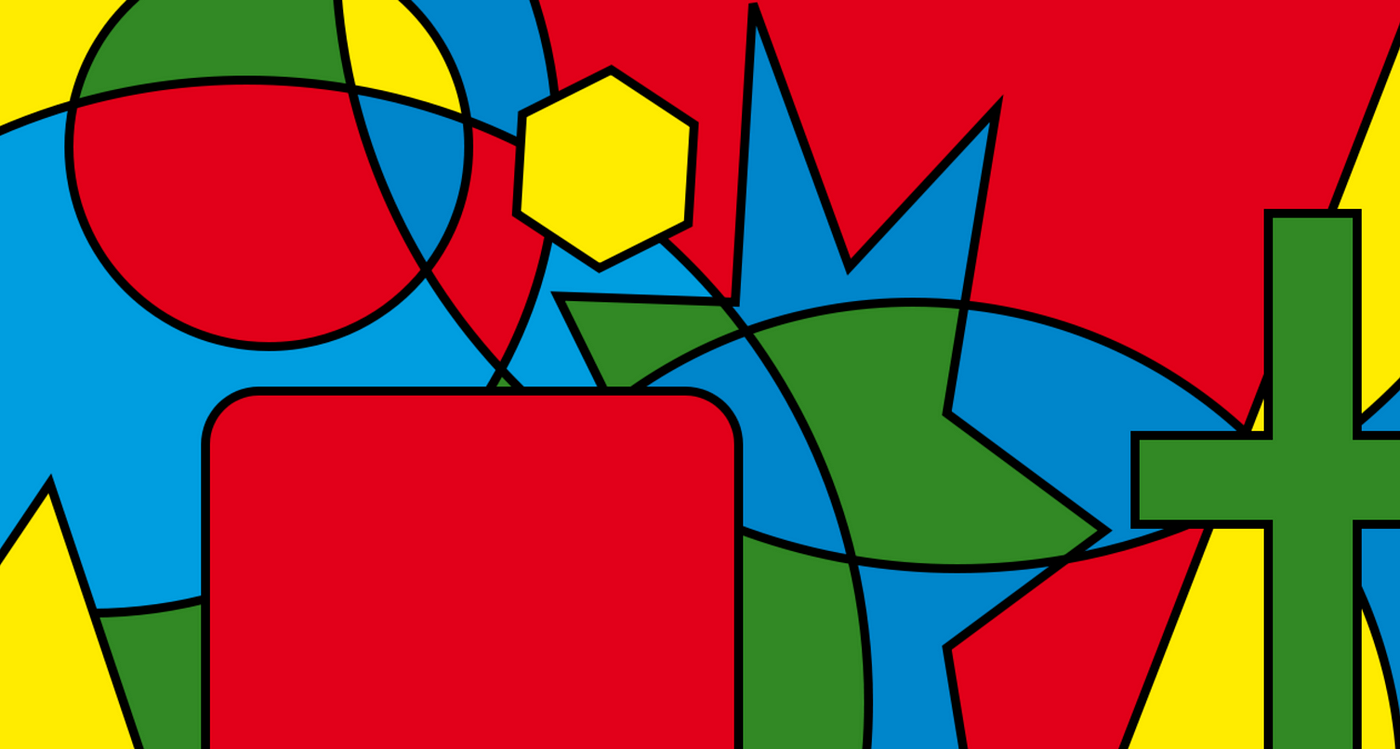
The Four Color Theorem is a captivating topic that has intrigued mathematicians and enthusiasts for decades. This theorem, which deals with the coloring of maps, has a rich history and profound implications in the field of mathematics. Understanding the intricacies of this theorem can provide valuable insights into graph theory and computational complexity. In this article, we will delve into seven fascinating facts about The Four Color Theorem, shedding light on its origins, significance, and real-world applications. From its humble beginnings to its modern-day relevance, this theorem has left an indelible mark on the mathematical landscape. Join us as we unravel the mysteries and intricacies of The Four Color Theorem, gaining a deeper appreciation for its elegance and impact.
Key Takeaways:
- The Four Color Theorem, proven in 1976, asks if any map can be colored with 4 colors without adjacent regions sharing the same color. It has practical applications in real-world scenarios.
- The theorem has connections to graph theory and continues to inspire research, showing the enduring allure of mathematical puzzles and the pursuit of knowledge in mathematics.
The Four Color Theorem is a famous problem in mathematics.
The Four Color Theorem is a well-known problem in the field of mathematics that has intrigued scholars and enthusiasts for over a century. It revolves around a simple yet perplexing question: "Is it possible to color any map on a plane with only four colors in such a way that no two adjacent regions have the same color?" This seemingly straightforward inquiry has captivated mathematicians and laypersons alike, sparking intense debates, rigorous proofs, and even computer-aided verifications.
The theorem was first conjectured in the 19th century.
The conjecture of the Four Color Theorem dates back to the mid-19th century when British mathematicians Francis Guthrie and Augustus De Morgan pondered the minimum number of colors required to fill in a map without any adjacent regions sharing the same color. This initial contemplation laid the foundation for a mathematical puzzle that would persist for decades, captivating the minds of countless mathematicians and problem-solvers.
It was famously proven in 1976.
After years of speculation and failed attempts to prove the Four Color Theorem, the mathematical community celebrated a breakthrough in 1976 when Kenneth Appel and Wolfgang Haken announced a proof of the conjecture. Their proof, which relied heavily on computer assistance, marked a significant milestone in the history of mathematics and brought the Four Color Theorem to the forefront of public attention.
The proof was controversial.
While the 1976 proof of the Four Color Theorem was a monumental achievement, it also sparked controversy and debate within the mathematical community. Some mathematicians questioned the validity of a proof that relied extensively on computer algorithms, igniting a discourse on the nature of mathematical rigor and the role of computational methods in establishing mathematical truths.
The theorem has connections to graph theory.
The Four Color Theorem is intricately linked to the field of graph theory, a branch of mathematics concerned with the study of graphs, which are mathematical structures used to model pairwise relations between objects. This connection has led to a deeper understanding of the theoretical underpinnings of the theorem and its broader implications in the realm of discrete mathematics.
The theorem has practical applications.
Beyond its theoretical significance, the Four Color Theorem has practical applications in various real-world scenarios, including map coloring in cartography, scheduling problems in computer science, and resource allocation in telecommunications. The insights derived from the theorem's study have proven valuable in addressing practical challenges across diverse domains, underscoring the far-reaching impact of mathematical discoveries.
The Four Color Theorem continues to inspire research.
Decades after its initial proof, the Four Color Theorem remains a fertile ground for mathematical exploration and inquiry. Ongoing research endeavors seek to elucidate new facets of the theorem, refine its proofs, and explore related problems, ensuring that the legacy of this captivating mathematical conundrum endures in the annals of mathematical sciences.
The Four Color Theorem stands as a testament to the enduring allure of mathematical puzzles and the relentless pursuit of knowledge in the realm of mathematics. Its rich history, profound implications, and ongoing relevance underscore the profound impact of mathematical discoveries on both theoretical understanding and practical applications.
Conclusion
In conclusion, the Four Color Theorem has captivated mathematicians and enthusiasts for over a century, offering a fascinating glimpse into the intricate world of graph theory and combinatorics. The theorem's significance extends beyond its application in cartography, as it embodies the beauty and complexity of mathematical reasoning. By unraveling the enigma of chromatic numbers and planar graphs, mathematicians have not only enriched our understanding of colorings but also expanded the frontiers of mathematical exploration. The Four Color Theorem stands as a testament to the enduring allure of mathematical conjectures and the relentless pursuit of knowledge in the realm of pure mathematics.
FAQs
Q: What is the significance of the Four Color Theorem?
A: The Four Color Theorem holds substantial significance in the field of graph theory and combinatorics. It not only addresses a fundamental problem in mathematics but also has practical applications in cartography and map coloring.
Q: How did mathematicians prove the Four Color Theorem?
A: The proof of the Four Color Theorem involved extensive computational analysis and the utilization of advanced mathematical concepts, including planar graphs, chromatic numbers, and discharging techniques. The culmination of these efforts led to the validation of the theorem's validity.
Was this page helpful?
Our commitment to delivering trustworthy and engaging content is at the heart of what we do. Each fact on our site is contributed by real users like you, bringing a wealth of diverse insights and information. To ensure the highest standards of accuracy and reliability, our dedicated editors meticulously review each submission. This process guarantees that the facts we share are not only fascinating but also credible. Trust in our commitment to quality and authenticity as you explore and learn with us.
